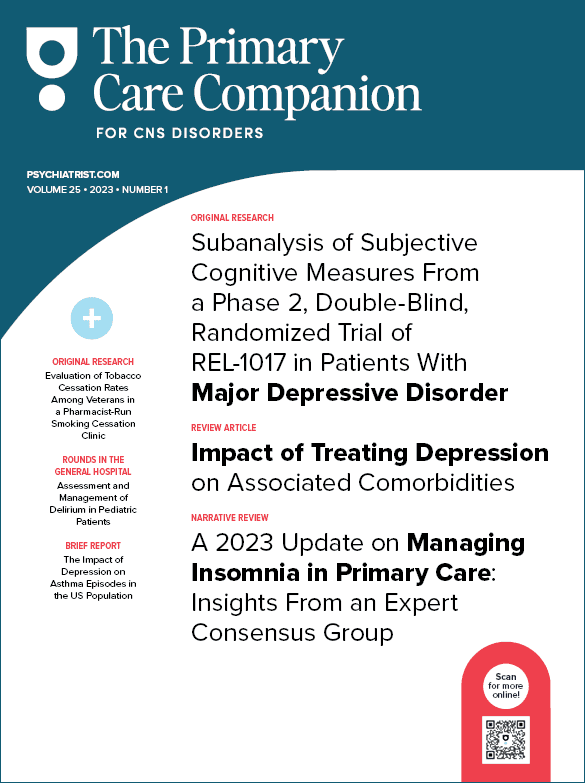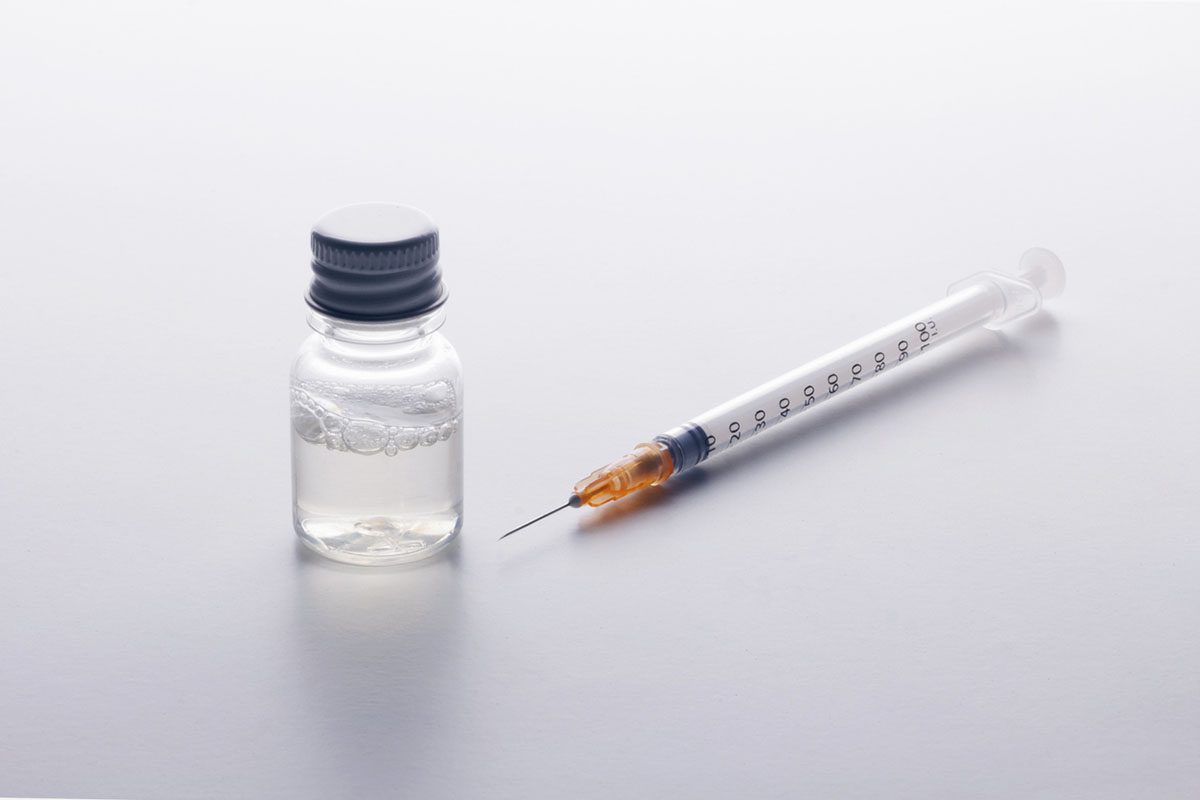Prim Care Companion CNS Disord 2021;23(2):21lr02926
To cite: Brumage MR, Rumm PD, Schneiderman AI, et al. Response to burn pit exposures and COVID-19. Prim Care Companion CNS Disord. 2021;23(2):21lr02926.
To share: https://doi.org/10.4088/PCC.21lr02926
© Copyright 2021 Physicians Postgraduate Press, Inc.
aPost-Deployment Health Services, Patient Care Services, Veterans Health Administration, Washington, DC
*Corresponding author: Michael R. Brumage, MD, MPH, Post-Deployment Health Services (12POP5), Patient Care Services, 810 Vermont Ave NW, Washington, DC 20420 ([email protected]).
See reply by Padala et al and case report by Padala et al
To the Editor: Thank you for publishing the case report by Padala et al “Open Burn Pit Exposure and Concern About the COVID-19 Pandemic.”1 We applaud the authors’ concerns for veterans exposed to open burn pits. We hope this letter clarifies the current state of the science on veteran exposures to burn pits and particulate matter and health.
Exposure concerns in the Southwest Asia theater of operations include burn pits and other airborne particulate matter, such as dust and sand. The authors1 describe health concerns for veterans with burn pit exposure; however, a recent National Academies report2 demonstrated limited and insufficient scientific evidence regarding burn pit exposures and respiratory health outcomes. No current evidence links veterans’ deployment exposures to an increased risk of contracting coronavirus disease 2019 (COVID-19). Some subgroups of veterans experience a high prevalence of comorbidities recognized to increase the risk of a poor outcome for any person infected with COVID-19 such as advanced age, smoking,3 type II diabetes,4 or obesity.5,6
The authors1 generalized that veterans are experiencing increased stress because of open burn pit exposure but offer no evidence to support this statement. The pandemic may provoke concern among people with known risk factors, veterans and nonveterans alike. Providers should be aware of these concerns and be prepared with fact-based responses and reassurance and take actions to mitigate known risks and support protective measures recognized to minimize exposure to infection.
The case report1 details accurately reflect the complexity often presented by the veteran patient: complex pathophysiologic comorbidities and coexistent stressors. The authors1 state that social isolation and distrust of the government are especially acute for individuals with a history of burn pit exposure but offer no evidence to support that these feelings are more common among burn pit exposed than other veterans.
There are reliable resources available for providers and veterans on (deployment) hazardous exposures and COVID-19. Registration in the Airborne Hazards and Open Burn Pit Registry (AHOBPR) is an online process, and eligible veterans are encouraged to participate.7 The Veterans Administration has used the AHOBPR to communicate COVID-19 information to enrolled participants, an action the authors1 suggested. Other resources available to providers include specific online training courses through the War Related Illness and Injury Study Center8 that address airborne hazards and other postdeployment health topics including how to conduct an environmental exposure assessment. Information on COVID-19 is available from many sources including the Centers for Disease Control and Prevention9 and the US Department of Veterans Affairs.10
Published online: April 22, 2021.
Potential conflicts of interest: None.
Funding/support: None.
References (10)

- Padala KP, Padala PR, Leung YK, et al. Open burn pit exposure and concern about the COVID-19 pandemic. Prim Care Companion CNS Disord. 2020;22(6):20l02796. PubMed CrossRef
- Respiratory Health Effects of Airborne Hazards Exposures in the Southwest Asia Theater of Military Operations. The National Academies of Sciences, Engineering, & Medicine. 2020. Accessed April 14, 2021. https://www.nap.edu/catalog/25837/respiratory-health-effects-of-airborne-hazards-exposures-in-the-southwest-asia-theater-of-military-operations
- About three in ten US veterans use tobacco products. Centers for Disease Control and Prevention. January 11, 2018. Accessed April 14, 2021. https://www.cdc.gov/media/releases/2018/p0111-tobacco-use-veterans.html
- Liu Y, Sayam S, Shao X, et al. Prevalence of and trends in diabetes among veterans, United States, 2005–2014. Prev Chronic Dis. 2017;14:E135. PubMed CrossRef
- Nelson KM. The burden of obesity among a national probability sample of veterans. J Gen Intern Med. 2006;21(9):915–919. PubMed CrossRef
- Certain Medical Conditions and Risk for Severe COVID-19 Illness. Centers for Disease Control and Prevention. February 3, 2021. Accessed April 14, 2021. https://www.cdc.gov/coronavirus/2019-ncov/need-extra-precautions/people-with-medical-conditions.html
- VA Airborne Hazards and Open Burn Pit Registry. US Department of Veterans Affairs. Accessed April 14, 2021. https://www.publichealth.va.gov/exposures/burnpits/registry.asp
- War Related Illness and Injury Study Center. Provider Training. US Department of Veterans Affairs. Accessed April 14, 2021. https://www.warrelatedillness.va.gov/WARRELATEDILLNESS/education/provider-training/index.asp
- Things to Know about the COVID-19 Pandemic. Centers for Disease Control and Prevention. January 5, 2021. Accessed April 14, 2021. https://www.cdc.gov/coronavirus/2019-ncov/your-health/need-to-know.html
- Novel Coronavirus Disease (COVID-19). US Department of Veterans Affairs. Accessed April 14, 2021. https://www.publichealth.va.gov/n-coronavirus/
Enjoy free PDF downloads as part of your membership!
Save
Cite
Advertisement
GAM ID: sidebar-top




